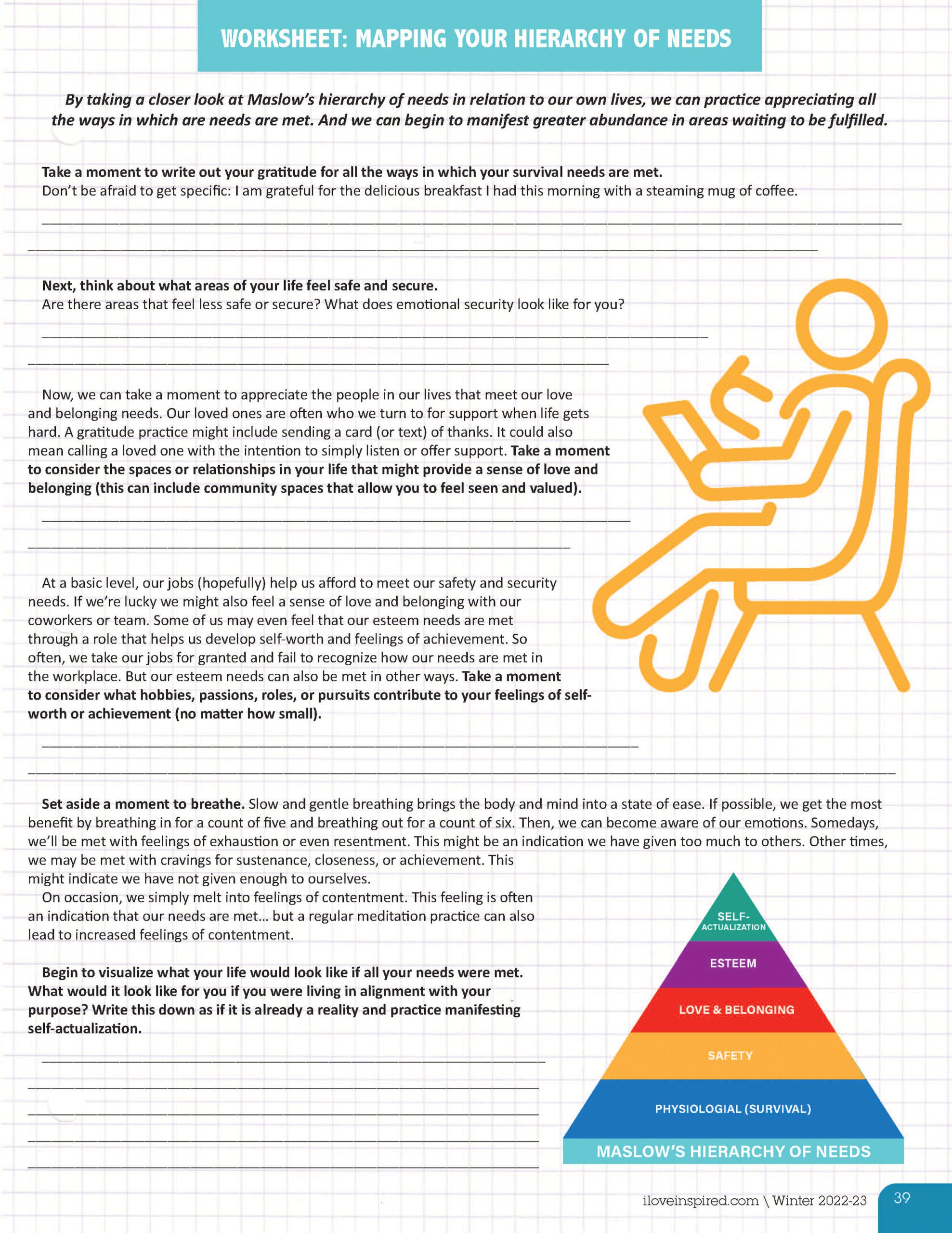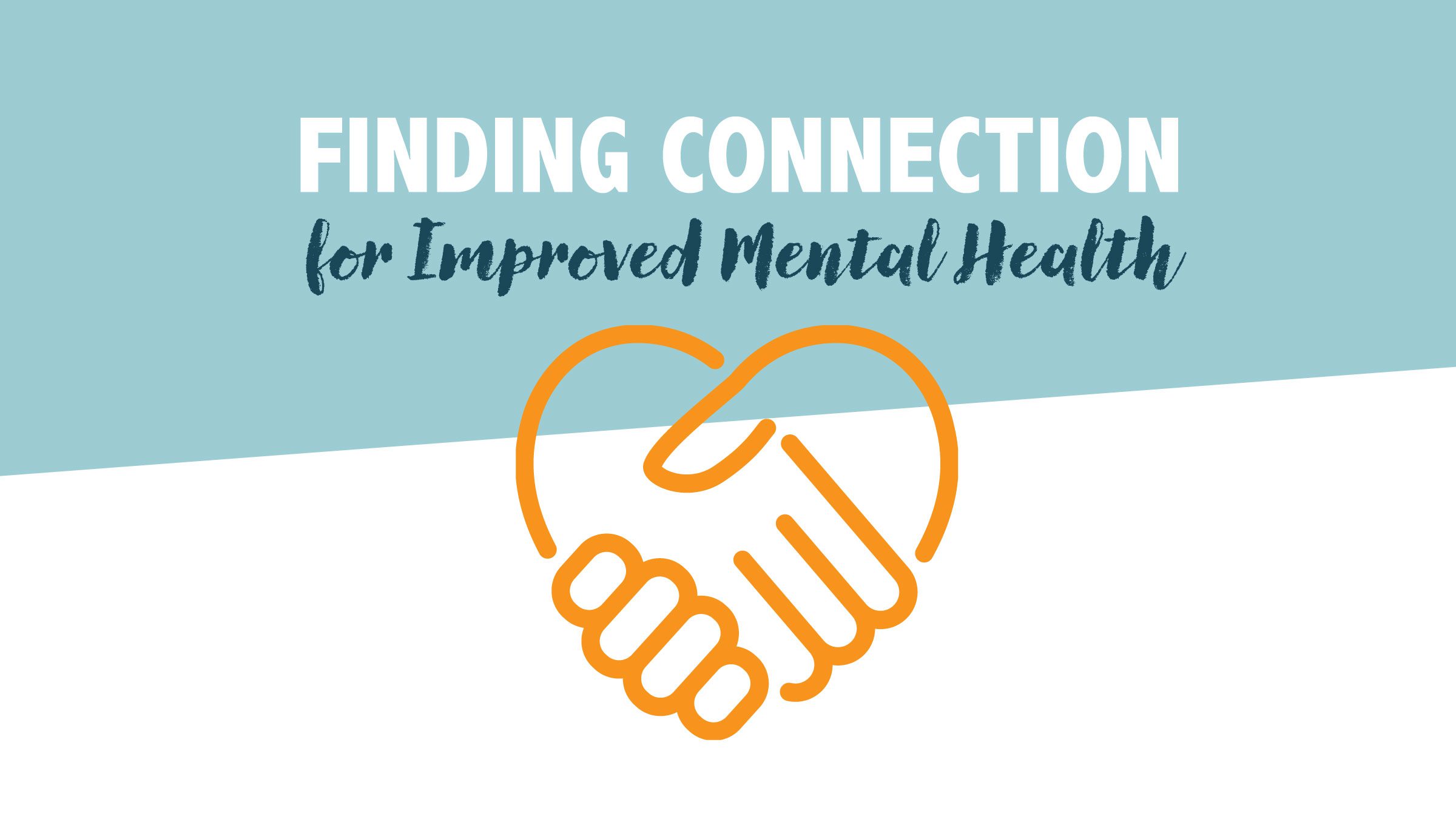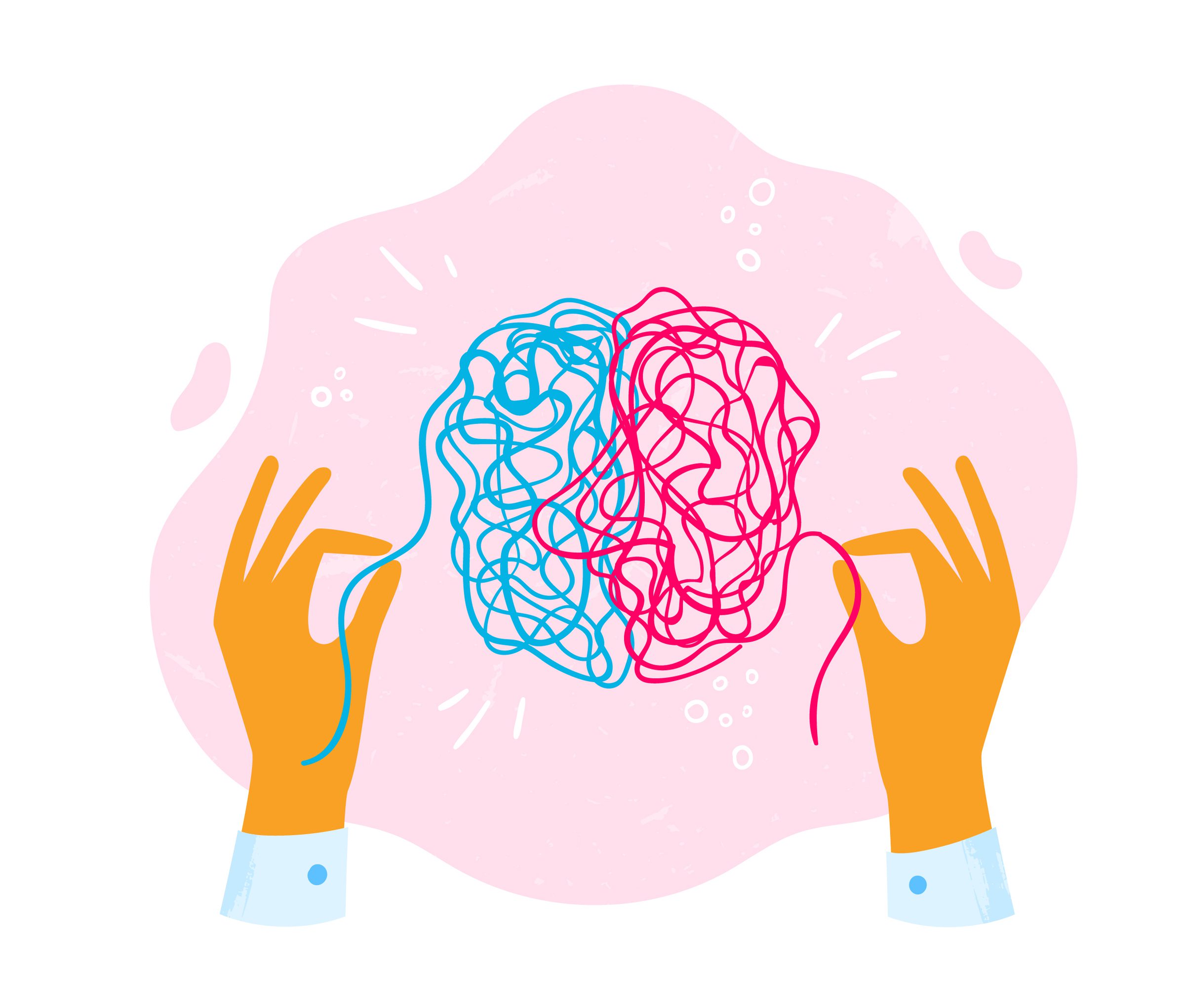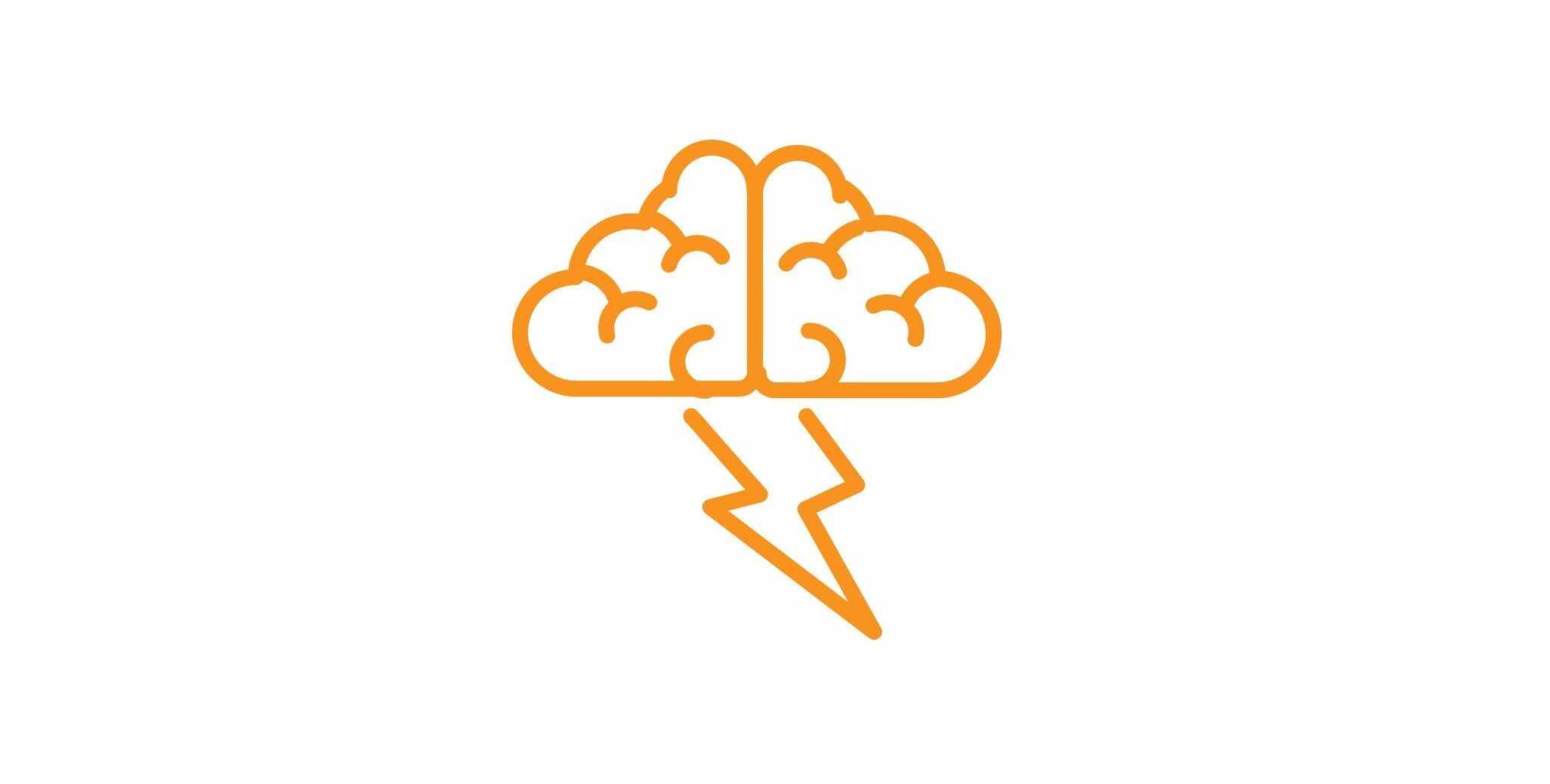Defining Enough with Maslow’s Hierarchy of Needs
When is enough…enough?
Merriam-Webster’s dictionary defines enough as, “occurring in such quantity, quality, or scope as to fully meet demands, needs, or expectations.”
It’s hard to grapple with on the page, and even harder to balance in reality. Those needs, demands, and expectations can vary by day, person, or task. And if we’re accustomed to looking outside of ourselves for answers, “enough” becomes even more perplexing. The increasing demands and expectations of the world can leave us feeling like maybe we just don’t measure up.
But, good news: Defining enough is an inside-out process. It requires looking within and determining what we realistically have to give to others (and ourselves) within each moment. It is up to us – not others – to decide when we’ve had enough, done enough, and simply are enough.
A System of Shared Human Needs
In the 1940s, Abraham Maslow developed Maslow’s hierarchy of needs, a system of foundational – and theoretically universal – needs that build upon each other to form a pyramid. This system can be a great starting point for defining enough in our lives. Every human must have enough of each need before they can start thinking about the next level of the pyramid.
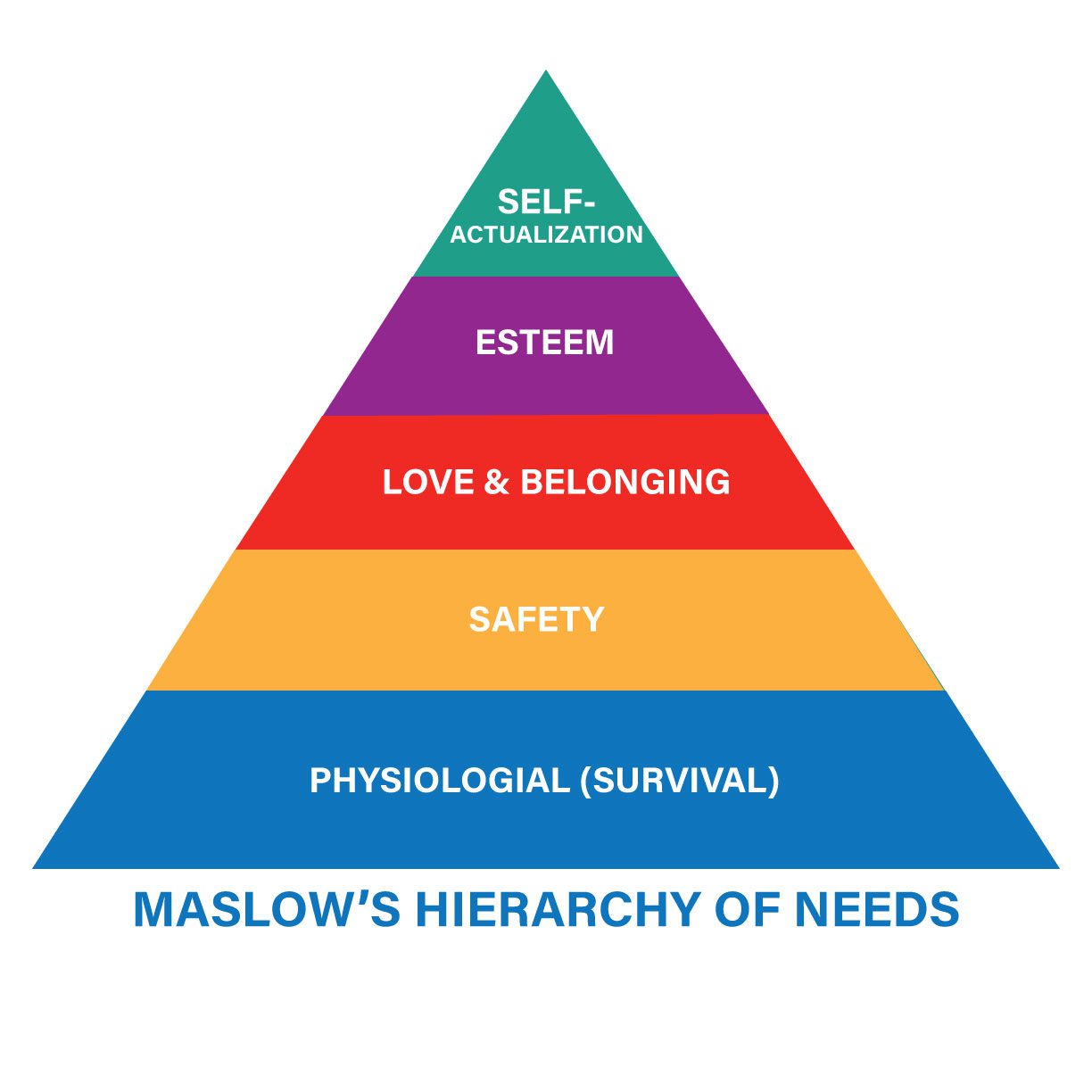
At the first level is survival needs: air, water, food, shelter, and sleep. Basically, what we need to stay alive. We may sometimes take these basic needs for granted, so take a moment of gratitude if your foundational needs are met. Come back to this gratitude daily.
When our survival needs are met, we begin to seek safety and security. Physically, this need can come in the form of a home and a safe community. But we can also look beyond the physical and consider what makes us feel mentally and emotionally safe and secure.
Next, it is natural to seek out love and belonging through families, friendships, romantic relationships, and/or community involvement.
If we are lucky enough to have all of these previous needs met, we can start to look for outlets that meet our esteem needs. Esteem is anything that leads to feelings of achievement or self-worth (think “self-esteem”). For many people, this comes in the form of a career or passion.
Finally, at the top of the pyramid, we pursue self-actualization. This is a process of recognizing (and meeting) our potential from a place of authenticity. Some people might describe self-actualization as a feeling of living in alignment with their purpose. It’s important to note that only a small percentage of people achieve self-actualization. So it might be more realistic to attempt to live in alignment with our values and personal priorities.
Take a moment to consider where you fall within the hierarchy of needs (without judgment). What would it take to nourish and satisfy those needs so you can move up the pyramid?
Not _______ Enough
Many people have uttered the phrase: “I’m not ________ (good, good-looking, smart, talented, funny, qualified, insert your own…) enough.” This might indicate a core belief of “not good enough.”
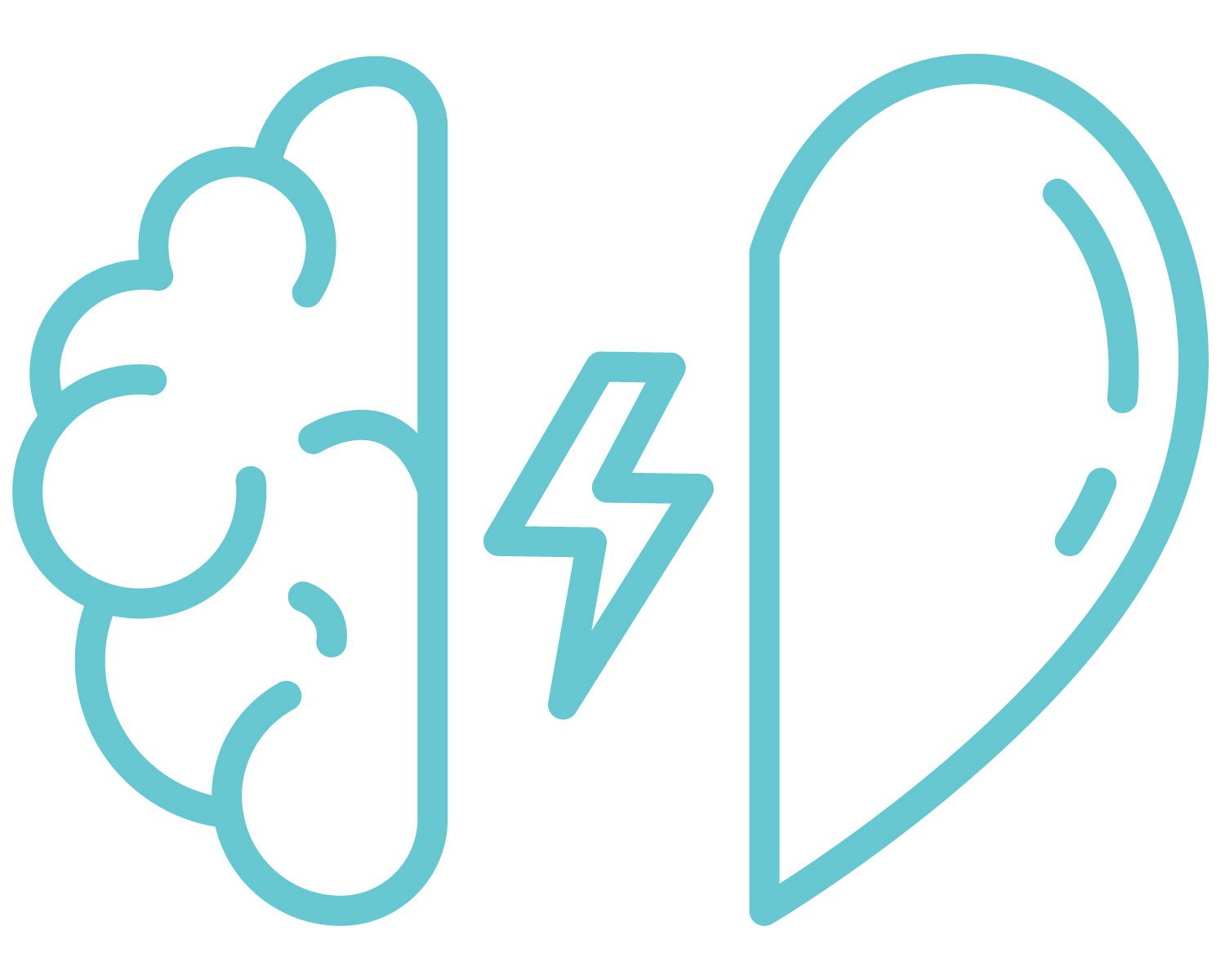
Core beliefs, or schemas, are like colored glasses. They are patterns of thinking – both positive and negative – that tint the way we view the world and ourselves.
A core belief of “not good enough” can stem from feelings of unworthiness, thinking we must perform in order to be loved, valued, or accepted. Not feeling good enough may lead to over-performing at work to avoid feelings of imposter syndrome, which is a feeling of being undeserving of our accomplishments. In relationships, not feeling good enough may create a deep fear of rejection.
If we consider feeling “not good enough” within the context of the hierarchy of needs, it might relate to esteem and a need for greater self-worth or feelings of accomplishment.
However, core beliefs are not fixed. Once we develop an awareness of our negative core beliefs, we can work to shift our thinking. We might practice adopting (and believing) a positive core belief by reciting a mantra, or phrase we would like to believe instead.
A positive core belief is simply the opposite of a negative core belief. For example, if we struggle with feeling not good enough, the positive core belief might be “I am good enough,” “I am loveable,” or “I am worthy and deserving of my achievements.”
Take a moment to consider your core beliefs. Do you hold a core belief that isn’t serving your needs? Core beliefs take a lifetime to develop, so it’s important to approach them with self-compassion. Keep in mind, core beliefs are often subconscious and shifting them might require the help of a therapist or healer.
Manifestation – You ARE Enough
When we repeatedly visualize a successful outcome of what we hope to achieve, we may be unconsciously manifesting our desires. Manifestation is based on the idea that our thoughts and beliefs can create our reality. In other words, we can envision the life we dream of and make it a reality.
So, what does that mean? And is there any truth in it?
If we look at it from a psychological perspective, manifestation is the process of shifting our perception. In essence, thoughts become our reality. If we continually think negatively about ourselves, others, and situations in our life then we will perceive them in a negative light. Furthermore, if we do not believe in our potential, we will not reach it.

One idea behind manifestation is that we create subconscious blocks, which prevent us from reaching our potential. Manifestation is a process of removing those blocks. So, every time we begin to envision our dreams, instead of returning to fear or self-doubt, we can visualize a successful outcome.
Consider this within the context of the hierarchy of needs. Perhaps, we have a hard time moving up the pyramid because we cannot visualize what it would look like. For example, if we hold a core belief of not being good enough, it’s hard to imagine our needs getting met – especially when we feel unworthy of them.
We can practice manifestation by visualizing a successful outcome. To make this process more robust, we can also write our dreams down as if they already true. Along with this, we can recite mantras that align with our desires. Altogether, this process can start to shift the way we view the world, ourselves, and our circumstances. So, dare to dream… what might self-actualization look like for you?
See this issue’s Paper Project for inspiration for making a Manifestation or Vision Board.
When Enough is… Enough
No one is going to define “enough” for us. There is no barometer that determines when we have done enough. The feeling must come from inside.
So, how do we know when enough is enough? Perhaps, we can start by deciding what it is we hope to achieve. And we must stop comparing ourselves to the perfection we so often see on screen. We can choose to (literally) stop buying into the false narrative that tells us we are not enough.
This mantra may help: “Perfect is not possible, but good enough is good enough.”
When we look at our to-do lists, we often fail to congratulate ourselves for all we have achieved. Instead, we tend to focus on the tasks that remain. And we rarely audit our lists to ensure only the most important tasks have made the cut.
When life leaves us feeling not good enough, it is time to evaluate how we are spending our time, money, and energy.
There are things that must get done, but have we given ourselves a realistic timeframe to complete these tasks? And do all the high-priority items on our list really need to be there? Sometimes, we exhaust ourselves attempting to do everything perfectly. But there are always tasks where good enough is good enough.
We also must remember to give ourselves grace. We are not perfect, and the sooner we stop attempting to have perfect houses, children, friendships, or jobs the happier we will become. Instead, we can learn to laugh at our mistakes and learn from our failures. This is all part of being human.
Gratitude
Gratitude is one of the best strategies for leaning into feeling good enough. It is a practice of appreciating what we often take for granted. Going a little deeper, it’s another method for shifting our perspective.
A gratitude practice trains our brains to notice what is going well. Essentially, it helps us to become optimists. And when we look at the hierarchy of needs, it allows us to appreciate all the ways in which our needs are met, rather than focusing on what we lack.
When we take off the “not enough” glasses, we learn to appreciate all that we have. And more often than not, we find all that we have is enough. With gratitude, it is easy to see that we have done enough, and we are enough.

Olivia Lynn Schnur
Olivia is a mental health counselor, yoga teacher, and writer. She writes about mental health and wellness to educate, uplift, and inspire readers. You can read more on her website, oliviaschnur.com.
